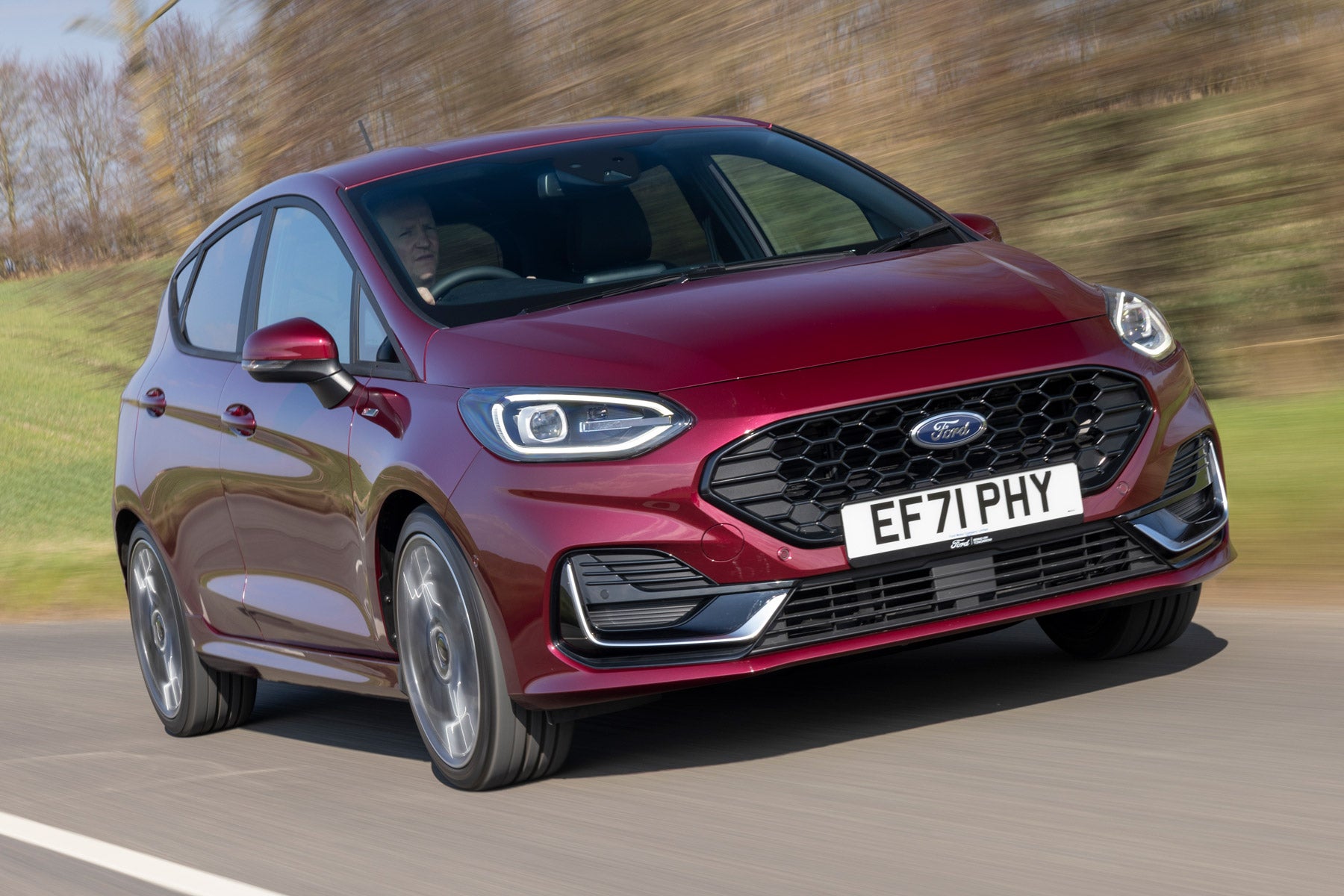
- Less than half of learner drivers in Britain pass their driving test
- We reveal the top 10 reasons why people in the UK fail the practical test
- From not understanding traffic signs to incorrectly using mirrors — here's what to brush up on
Around 1.6 million practical driving tests are carried out in the UK every year. Yet, according to official statistics, more than half of all people (54.1%) will fail. What are the main causes of misery on the big day?
We've analysed Driver and Vehicle Standards Agency (DVSA) records to uncover the most common mistakes that learners in the UK make during the driving test.
Top 10 driving test mistakes
Not keeping sufficient control of the vehicle during reverse parking

We'd argue that the reverse/parallel park is one of the most feared demands on the driving test. The task requires a pupil to back their vehicle into a marked bay or behind a parked car on the side of the road. As well as showing high levels of awareness of other road users, the learner must show complete control and accuracy of the vehicle to ensure it fits squarely into the parking space.
Reasons for failures include either the front or back wheels (or both) on the passenger side ending up on the pavement, too much repositioning and your final parking position being outside of the lines of the bay.
Not having full control of the vehicle when moving off

A lack of control when moving off would be demonstrated by a learner who stalls repeatedly throughout the test, stalling the car and rolling back a considerable distance when attempting a hill start and trying to move off without selecting a gear — which causes the car to roll back a considerable distance.
Not responding correctly to traffic signs

Common instances of failure to respond adequately to road signs include ignoring a stop or no entry sign, driving in a bus lane when a sign shows that you cannot use it at that time and not reacting quickly enough (or at all) to speed limit changes.
Poor positioning on the road during normal driving

You'll fail if, throughout the test, you repeatedly drive too close to either the kerb (putting pedestrians at risk) or the centre of road (putting oncoming drivers at risk). Unnecessarily driving in the right-hand lane of a dual carriageway will also put you in the examiner's bad books.
Not responding appropriately to traffic lights

Driving obviously requires understanding and obeying traffic lights, yet thousands of pupils fail the test for ignoring or misreading them. But this doesn't just mean barreling through a red light. Pupils can lose marks here for stopping after the first white line when there are advanced stop lines for cyclists, as well as moving forward on a green light even though the junction isn't clear. This then means you’re then blocking the junction when the traffic lights change.
Not moving off safely

To pass your test, you must be able to move off safely while making the correct observations from the side of the road, on a slope or hill and from behind a parked vehicle. Failing to check mirrors and blind spots will usually give an instant fail, as will pulling out in front of approaching traffic.
Incorrect positioning when turning right at junctions

Learners who veer from one side to another will get marked down, along with those who choose the wrong lane when approaching a roundabout or junction. For example, when you reach the end of a wide road with no road markings, you position in the left of your lane when you’re actually turning right.
Not having full control of the steering wheel

It might sound a bit obvious, but you need to show you can control the car effectively without letting bad habits creep in. Common mistakes include driving with one hand on the wheel (when not changing gear), turning too late/early and allowing the wheel to spin through your hands. All will score you a red mark from the examiner.
Not using mirrors correctly when changing direction

The rear-view and door-mounted mirrors are vital to everyday safety on the road. Not only will they let you know who’s behind you, but they will also warn you of any motorbikes or cyclists that might be in your blind spot. However, a quick glance won't gain any points with the examiner. Always take time to look carefully before changing direction as failure to do so will result in an instant fail. Remember: mirror, signal, manoeuvre.
Failure to make effective observations at junctions

The number one cause of driving test failure in the UK comes from a failure to scrutinise the road ahead. According to the DVSA, junctions provide the biggest obstacle for learners — with most scoring an immediate fail because they’ve failed to check their surroundings for pedestrians, cyclists and other vehicles — i.e. not giving way to traffic on a dual carriageway from a slip road or forcing another car to slow significantly by not judging their speed properly.




